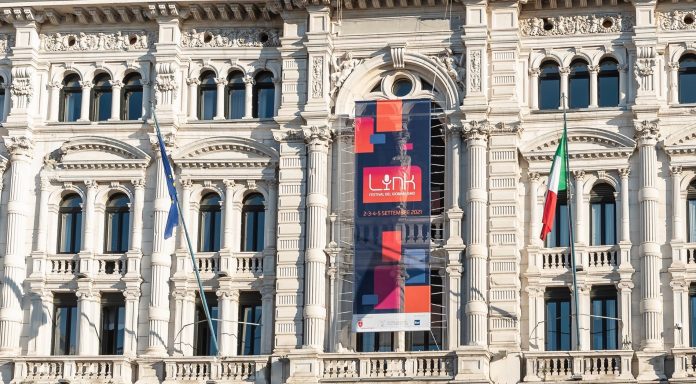by In Trieste
What is fake news and how does it spread? These questions were at the center of tonight’s talk at Link Festival in Piazza Unità.
“We know that various false reports come from social media. We have the urgency to transmit the news and social media is the fastest way to do so.” With these words Francesco de Filippo, director of ANSA FVG, opened the 7 pm talk with his colleagues.
Simona Sala, director of Rai Radio 1 underlined that “social media can definitely be dangerous. Just think of the failure of the “no green pass” protests (which were supposed to prevent the trains from going) that were created on social media – in some sense that’s an example of fake news.”
Francesco Cancellato, the creator of Fanpage.it chimed in. “The world wide web is the new digital piazza and you are on it. To be a journalist today means to be part of the new digital world. We need to know what to do, what to say and how to say it. There are many magazines that are built to spread fake news and we have to do something about it. Especially because often times we journalists are accused of spreading fake news even if the information we put up on our website is always correct.”
“People believe that newspapers hide the truth. The titles always talk about some hidden plan,” added Sala “ but radio is considered to be the most reliable source of information, followed by TV and, eventually, social media”.
Maria Concetta Mattei, director of Scuola di Giornalismo concluded the talk by saying that “technology can definitely help us out. But journalism has to remain ethical, ideological and respectful. You can’t use violence to communicate your idea. We are an instrument of democracy.”





























